Featured Media
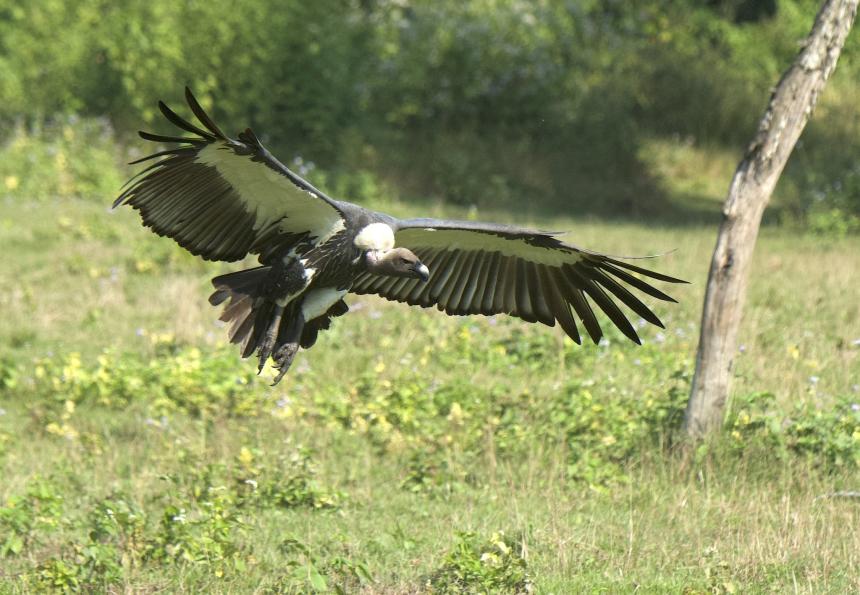
Podcast
September 05, 2023
Cornell's Dr. Martin Gilbert was interviewed for a Youth Geographic Association podcast about his journey into vulture conservation and ecology in Asia and Africa alongside his revolutionary research that tackled vulture population declines to help promote their recovery.
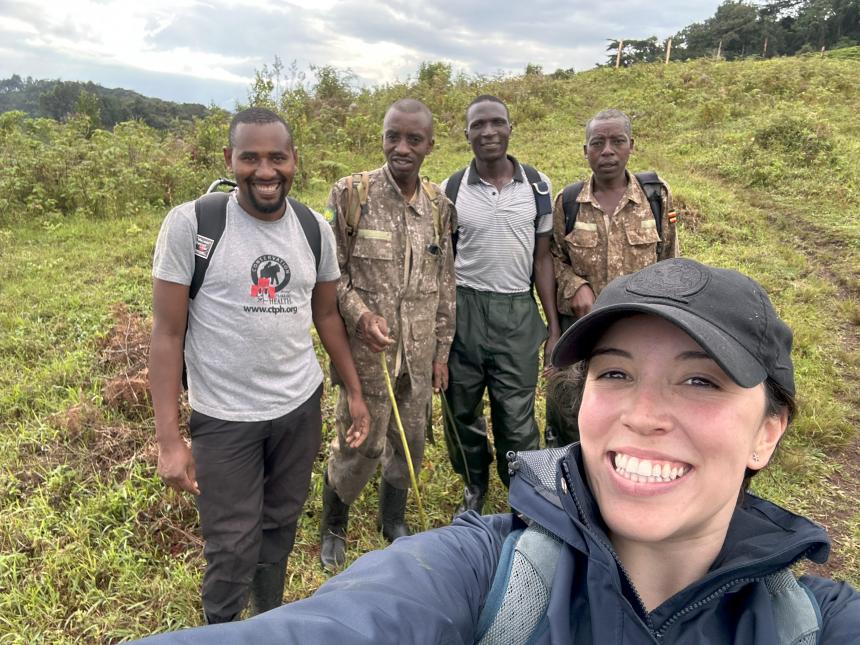
August 23, 2023
Working with primates is something I had avoided for a while. Most of my interest has been in southern Africa, with ungulates like giraffes, antelope, and pachyderms being my main focus. Yet I felt that, following the COVID-19 pandemic, learning more about wild primate health would be vital....
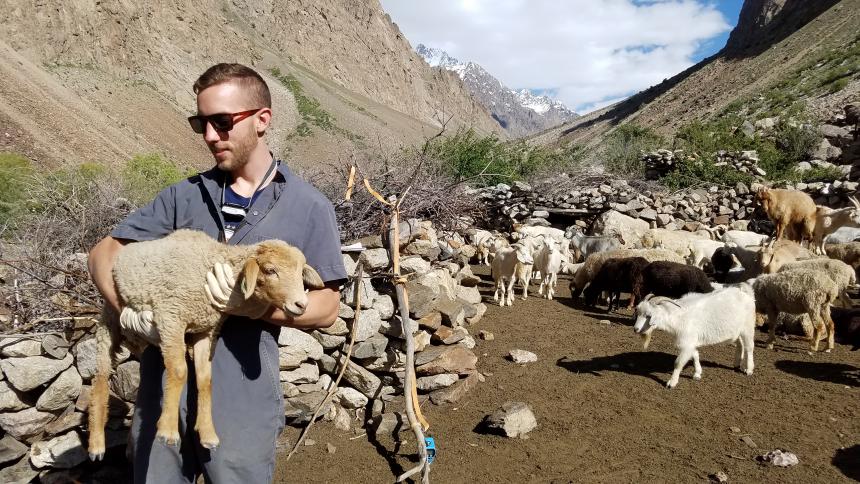
July 06, 2023
At an altitude of 13,000 feet, I’m strangely captivated by the beads of water collected on the ceiling of my thin nylon shelter. An individual drop slowly swells and parts from its neighbors, plummeting down and crashing on the surface of my sleeping bag....

March 22, 2023
I vividly remember the night before I left for Tajikistan; I was nervous, excited, and utterly exhausted. I had just finished wrapping graduation gifts for my roommates and had just about moved everything out of where I was living for the last two years (including my bed)....

February 11, 2023
Six years ago, on a regular workday, I was sitting at my desk tagging photos from a camera trap survey. Late in the afternoon, a picture of an uncanny species baffled me. It looked somewhat like a domestic dog, but taller and longer-bodied....
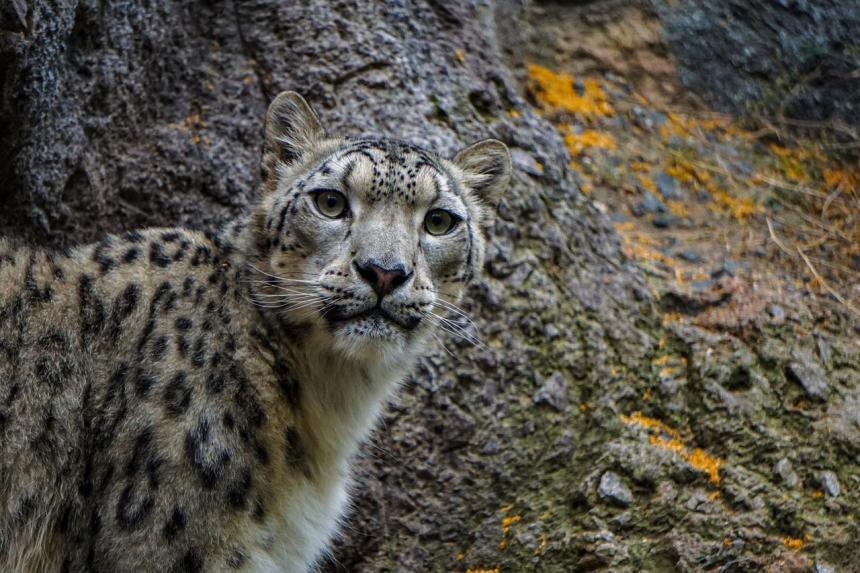
December 16, 2022
by
Martin Gilbert
It all started with an unexpected text message - “Do you know of any veterinarians willing to assist a snow leopard collaring project in a remote corner of eastern Kyrgyzstan?” One jumped immediately to mind…me!

Video
December 07, 2022
It is no longer possible to separate the health of the planet from the health of its people. Disease patterns are changing as the climate does, and human health is at risk from loss of biodiversity, depleted water supplies, environmental toxins, and collapsing food systems.
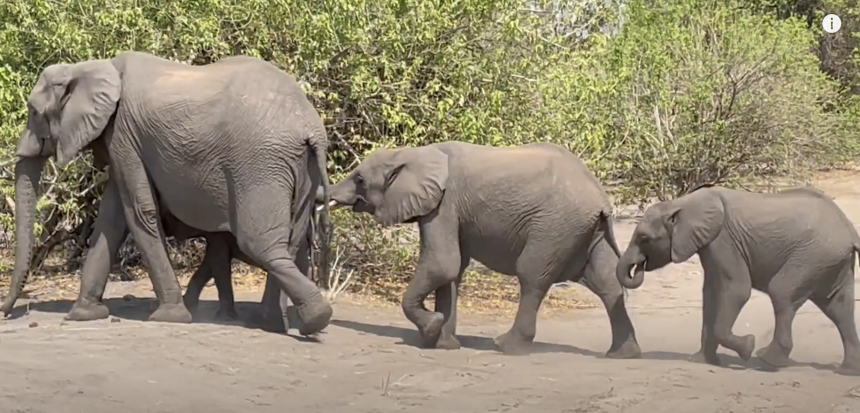
Video
November 18, 2022
Our team has been working in the Kavango Zambezi Transfrontier Conservation Area to reduce wildlife-livestock conflict, improve community livelihoods, and restore ancient wildlife migration pathways, including those of Africa’s largest remaining population of elephants (~220,000). This video was taken by Cornell Wildlife Health Center Dr. Steve Osofsky.
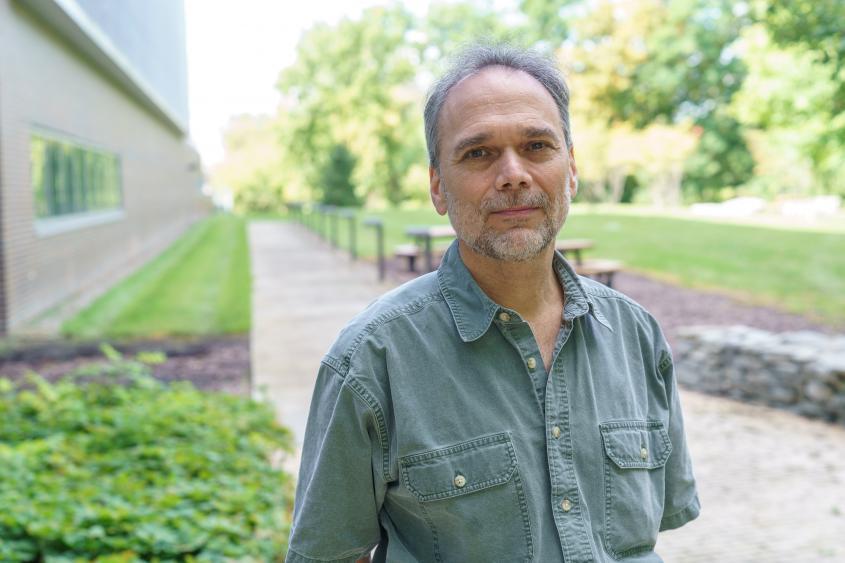
Video
November 04, 2022
Cornell Wildlife Health Center director Dr. Steve Osofsky takes you on a brief tour of our One Health work around the world.
Video
November 01, 2022
An amazing sight — a colony of thousands of Carmine Bee-eaters in the Zambezi Region, Namibia caught on camera by Dr. Steve Osofsky, director of the Cornell Wildlife Health Center and professor at the Cornell University College of Veterinary Medicine.
